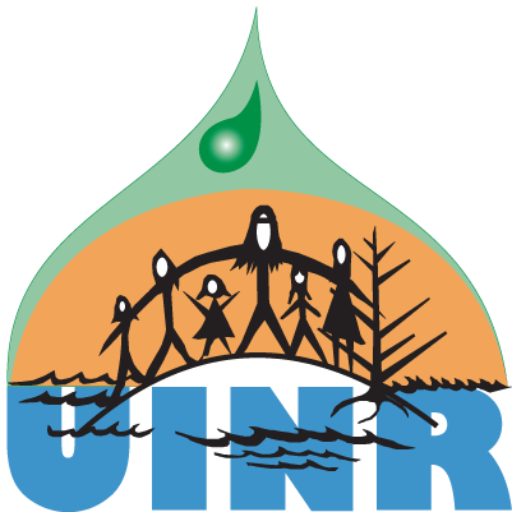CBU-UINR MOU
Dr. John Harker, President and Vice-Chancellor of Cape Breton University and Chief Terrance Paul, President of UINR, signed a Memorandum of Understanding formally recognizing the shared interests of CBU and UINR in the well-being of society and its environment in Unamaki. It provides a formal mechanism for the institutions to work cooperatively on the common … Read More
